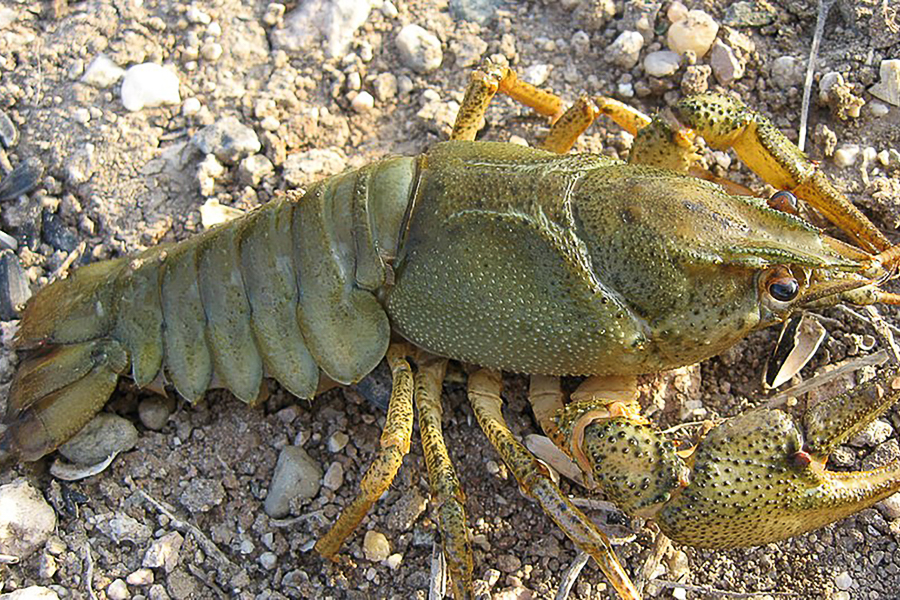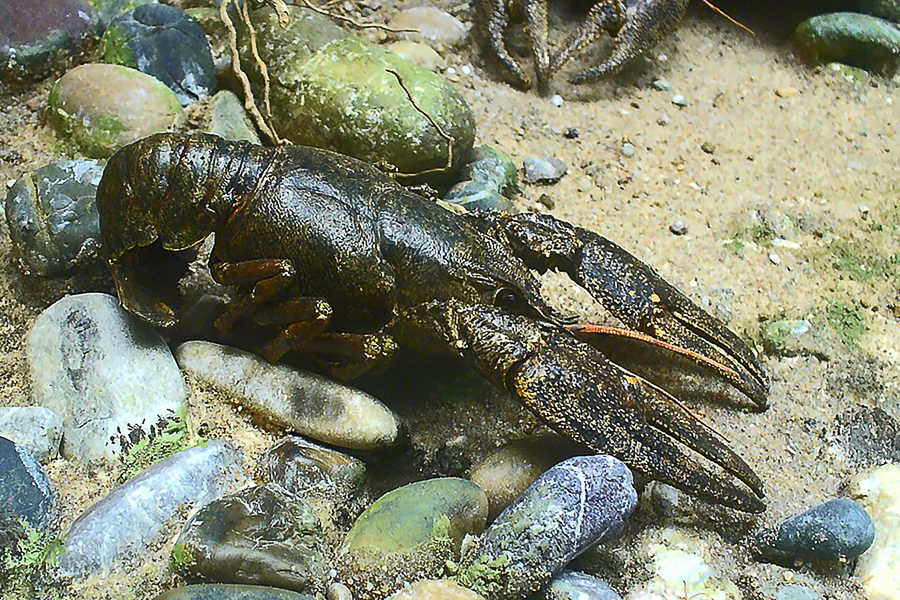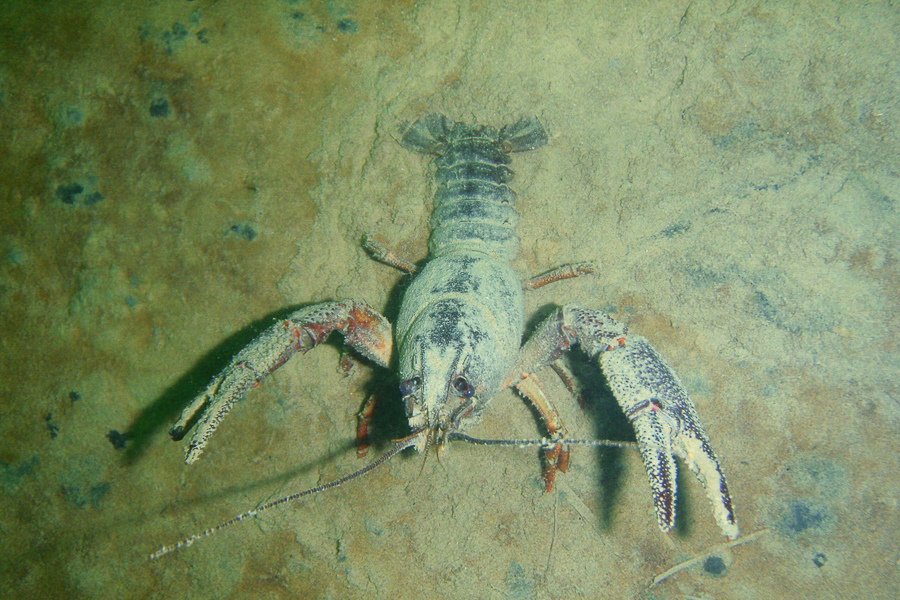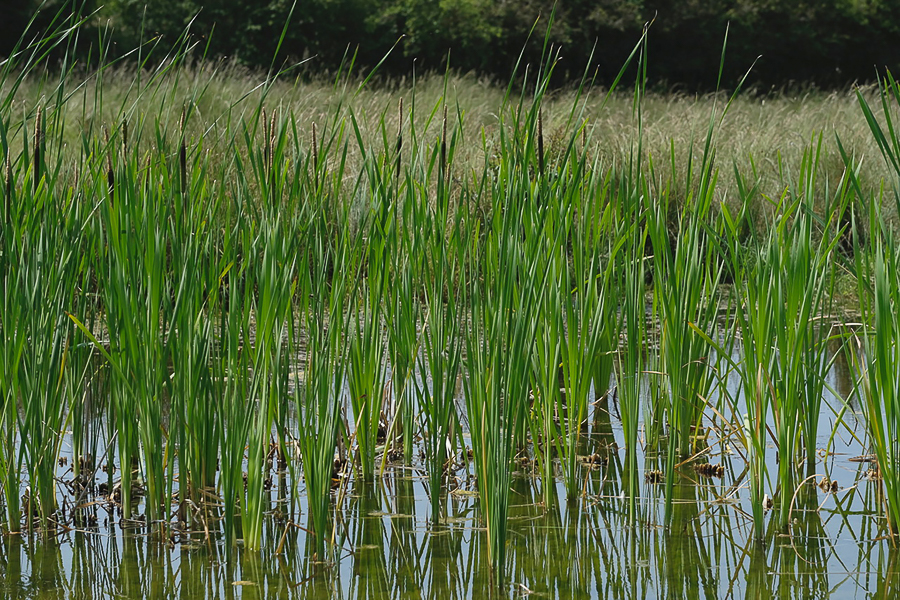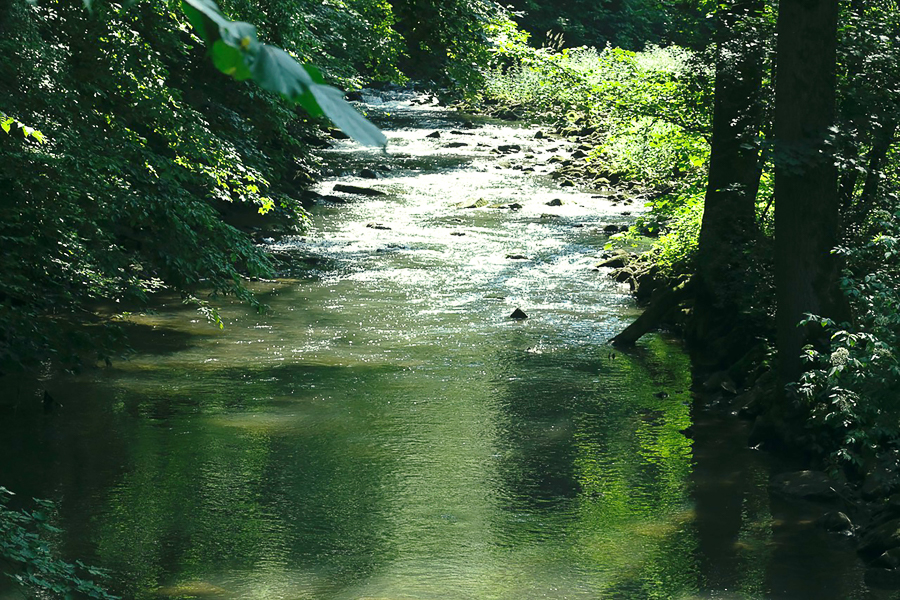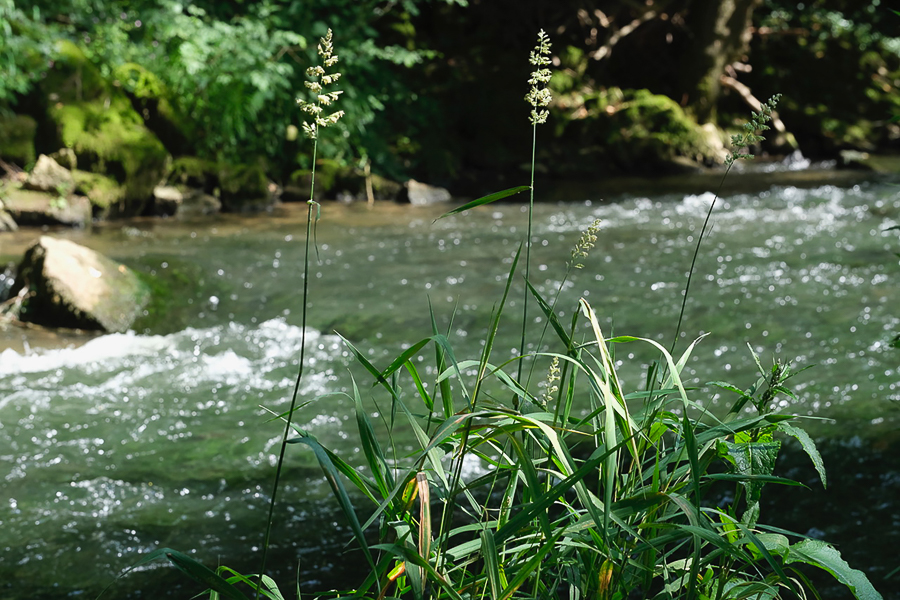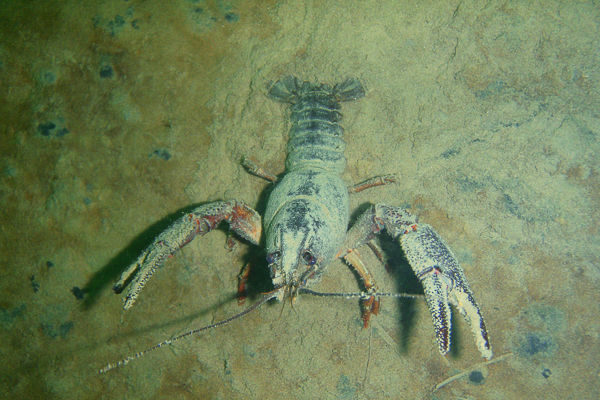 Credit: Wikipedia
Credit: Wikipedia
Luxembourg has what is known as a Temperate Climate in which winters are generally mild and summers comparatively cool, with rainfall that can be high; its flora and fauna have thrived in, and adapted to, this climate over the centuries and millennia, with ongoing challenges due to pollution and recent climate change, as well as the introduction of non-native species, resulting in disruptions to the norm.
Nevertheless, with various initiatives and organisations helping the ecosystem and habitat, including sustainability and re-wilding, there is a lot happening in nature across the Grand Duchy.
Chronicle.lu has teamed up with natur&emwelt (the non-profit organisation (naturemwelt), the foundation (Hëllef fir d'Natur) and the Wildlife Care Centre (Flegeestatioun)) for a series of articles on Luxembourg's fauna in which we look at various mammals, birds, insects, amphibians and aquatic animals, as well as touching on vanishing species returning to Luxembourg, focussing on their lifestyle and habitat, including when and where to observe them.
No. 14 in this series focuses on the crayfish.
A symbol of clean rivers, the white-clawed crayfish lives discreetly in cool, clear waters. In the Syr, its presence signals a fragile but still preserved freshwater ecosystem.
Adult white-clawed crayfish measure between 8 and 12 cm. Their brown-green carapace sometimes shows reddish tones, but their name comes from the cream-coloured underside of their claws. They have two long antennae, five pairs of legs (including a robust set of pincers), and a flat, fan-shaped tail that helps them swim backwards quickly. Their segmented body and small black eyes give them a distinctive appearance, making them easy to recognise among native European freshwater species.
Lifestyle
Mostly nocturnal and sedentary, the crayfish hides during the day under stones, tree roots or riverbank cavities. At night, it forages for food—plant debris, small invertebrates, worms or carrion. It moults regularly, shedding its shell to grow a new one. Mating occurs in autumn; females carry fertilised eggs under their abdomen through winter until they hatch in spring. This species is highly sensitive to water quality and disappears quickly in polluted or degraded environments. Crayfish are key indicators of river health and play an important role in aquatic food webs.
Habitat
The Syr River provides ideal conditions: clear, oxygen-rich water, gravel or sandy bottoms, and shaded banks with natural vegetation. Some of the best-preserved habitats lie between Moutfort, Mensdorf and Roodt-Syre, especially within the Schlammwiss-Brill nature reserve. The presence of riparian trees, natural river meanders, and submerged shelters is vital to their survival. However, this native species is under threat from the invasive signal crayfish, which carries diseases and outcompetes local populations in other parts of Europe. It has even disappeared in the profile of the American crayfish.
Where and When to See It
White-clawed crayfish are rarely seen in daylight. In summer, around nightfall, one may spot them along shallow riverbanks, especially during ecological surveys or careful wading. Clear, calm water is essential. Look near shaded, undisturbed areas with submerged stones. Keep in mind that the species is protected — handling is forbidden without authorisation. The best viewing opportunities come with a headlamp or soft flashlight during quiet evening walks, where careful observation reveals these nocturnal residents without disturbing them.
Observation Tips
Be quiet and move slowly in shallow water. Use a dim light and avoid flipping stones or touching the animals. Respect breeding season (autumn to spring) and stay on marked paths. Photography at night, without flash, is the best way to enjoy this rare encounter while protecting a threatened native species.

